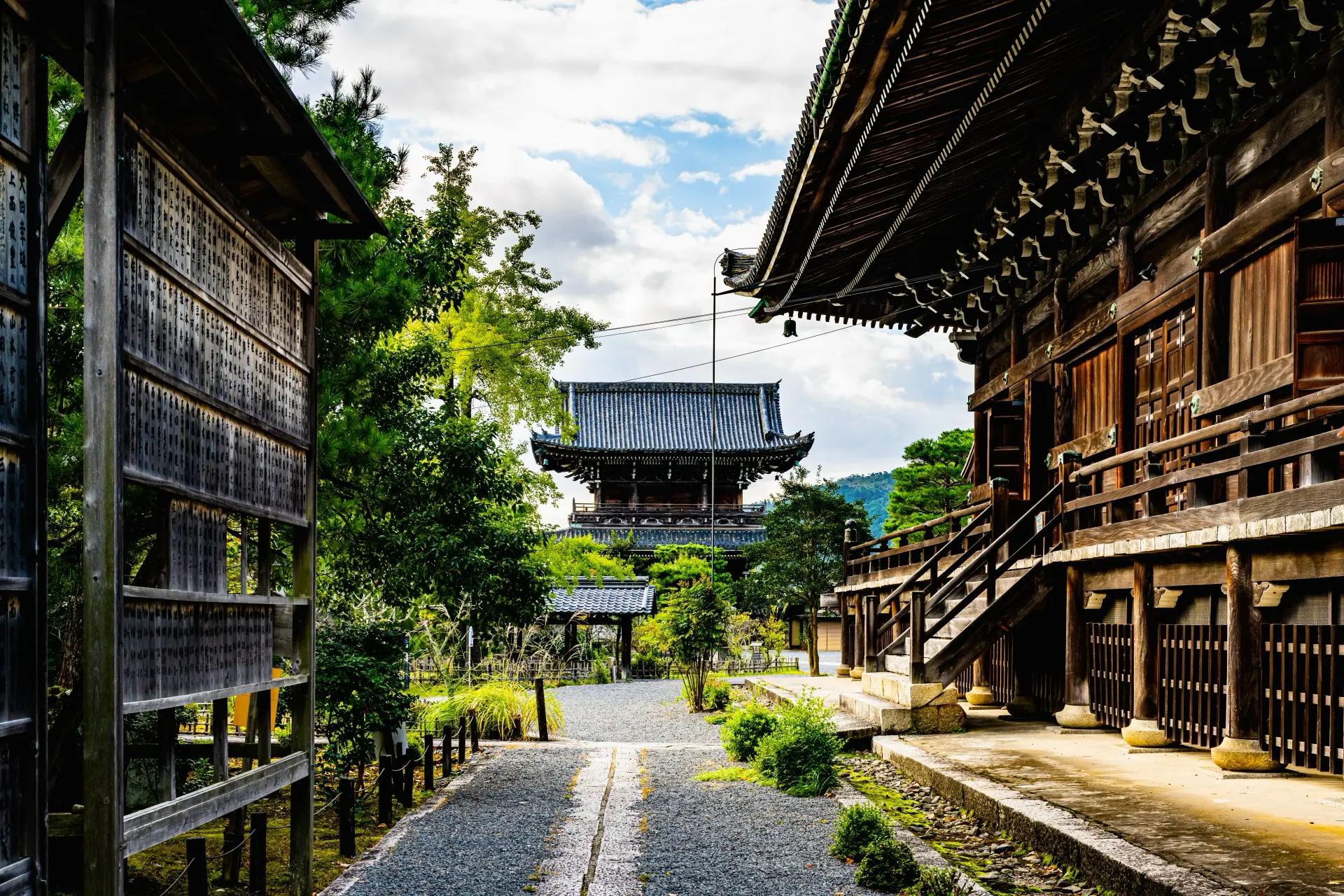Location: Seiryo-ji Temple
Date: November, 9, Saturday
Time: starting at 11 a.m.
Map: Here

about Seiryo-ji Temple
Seiryo-ji Temple is a large temple located about a 15-minute walk northward from Arashiyama Station on the Keifuku Railway.
It is renowned for its expansive and magnificent structures, often referred to as the “face” of the area, and visitors can enjoy the early autumn foliage in the gardens. With over a thousand years of history, the temple has associated with the community, hosting traditional folk performances for religious teaching that have been maintained for over 500 years.
The main hall has a statue of Shakyamuni Buddha (a National Treasure), which is a rare example of a statue that has traveled from India via China to Japan. This statue had influenced on more than hundreds of Buddhist sculptures throughout Japan and has been attracted profound faith from many people.
In the Eastern Reihōkan Museum, national treasures and important cultural properties are specially displayed. Many of the works showcase free expressions that do not adhere strictly to traditional forms, with the particularly famous statue of Amida Nyorai (National Treasure) noted for its impressive presence.
about Yugiri Festival
The Yūgiri Festival is an event that show condolences to the splendor of renowned courtesans from the past, featuring performances by Shimabara tayū and its procession.
Yugiri has been said to be born at the corner of this temple, “Seiryo-ji Temple” during Edo period, and had raised up to be a top geisha girl at the pleasure quarter in Osaka. She is sometimes referred to as “Yugiri Tayu”. A “Tayu” comes from the restricted title only given to the higest-ranking courtesans with beaty and education. Not only that, she was also regared as one of the three geishas all over Japan (others, at Edo, Kyoto, Osaka, and Nagasaki) in that period.
Yūgiri tragically passed away at the young age of 26, being mourned by the entire people in Osaka. Her legacy has been passed down as traditional performing arts, such as Kabuki, and a confectionary in Kyoto, which has been named after her, has been distributed for more than 80 years until now.
On the day of the festival, after a memorial service for Yūgiri Tayū around 11a.m., the dance and procession will be performed, featuring Shimabara (Kyoto) tayū with original attire.
If you visit, please take advantage of BagDrop.
